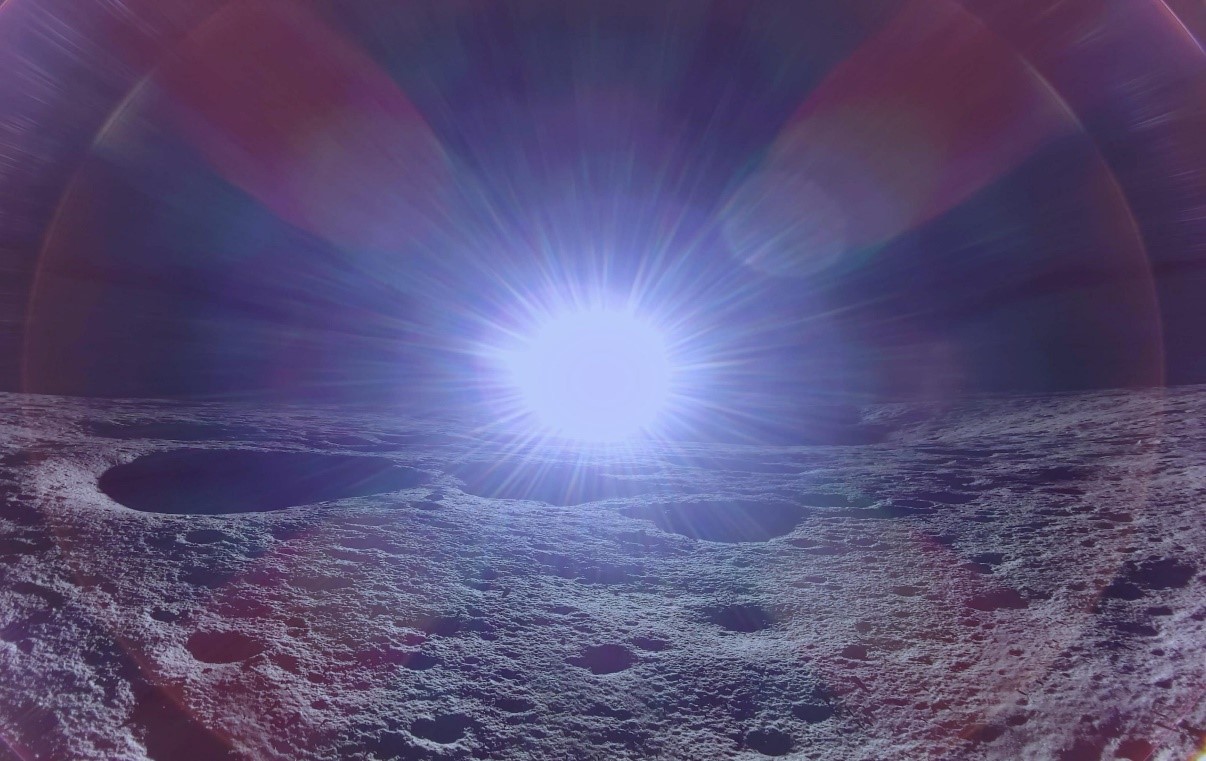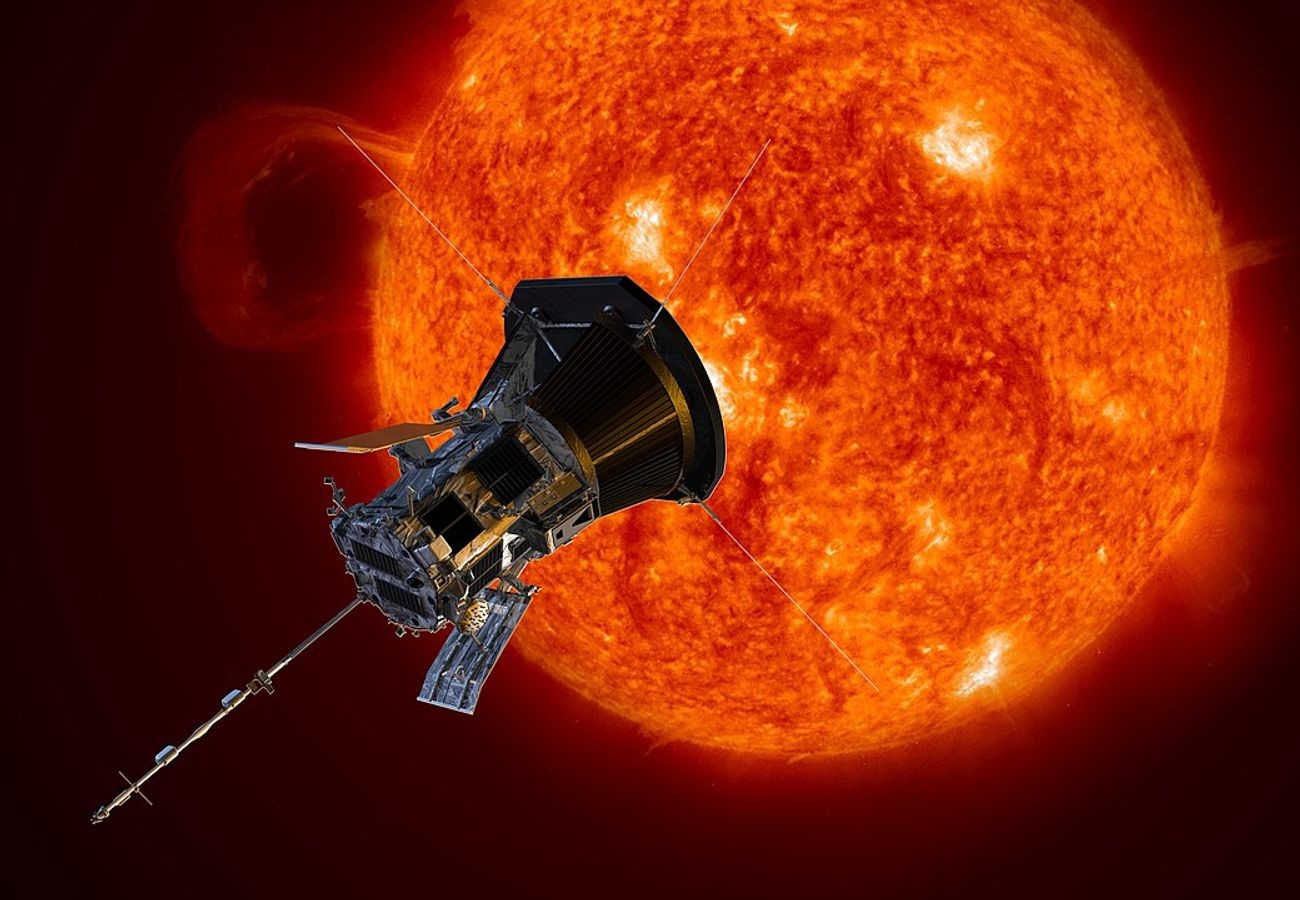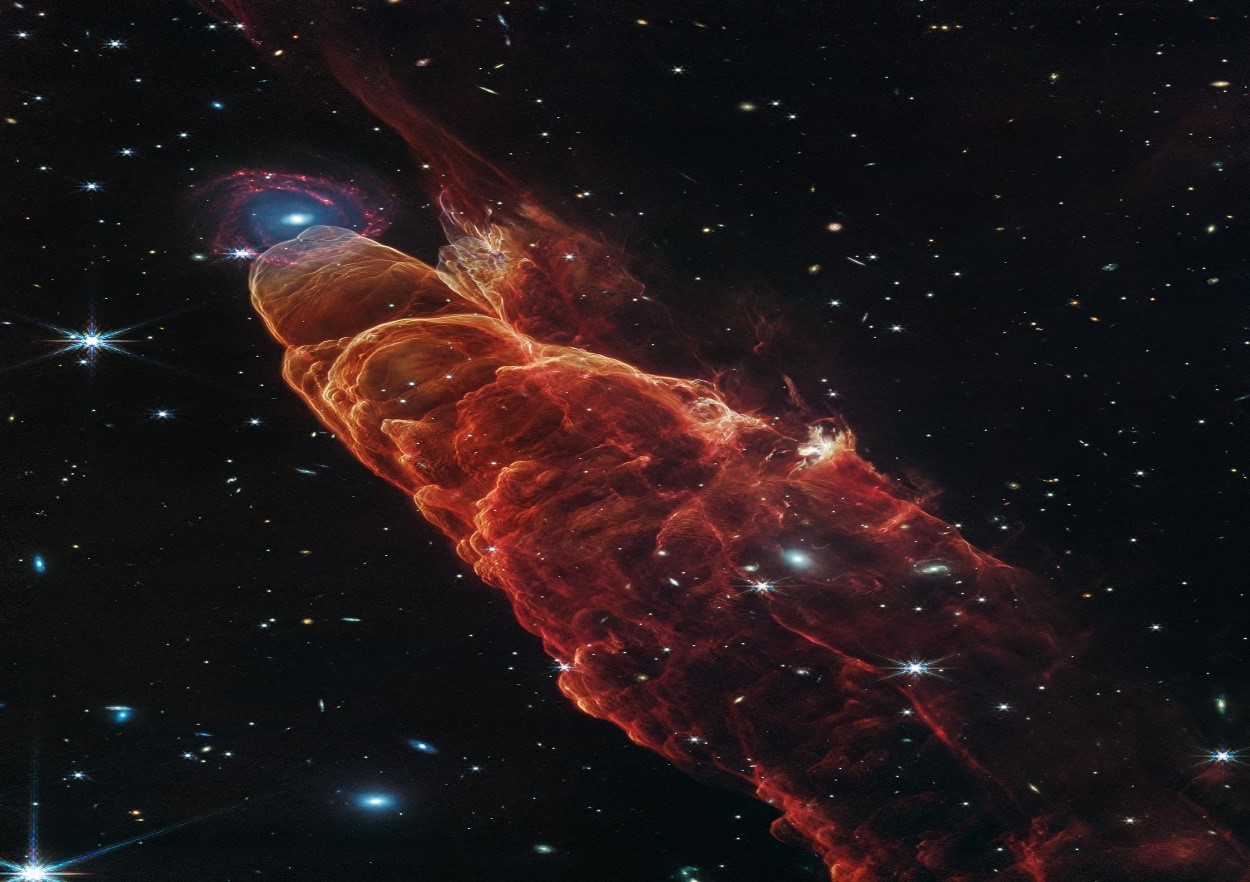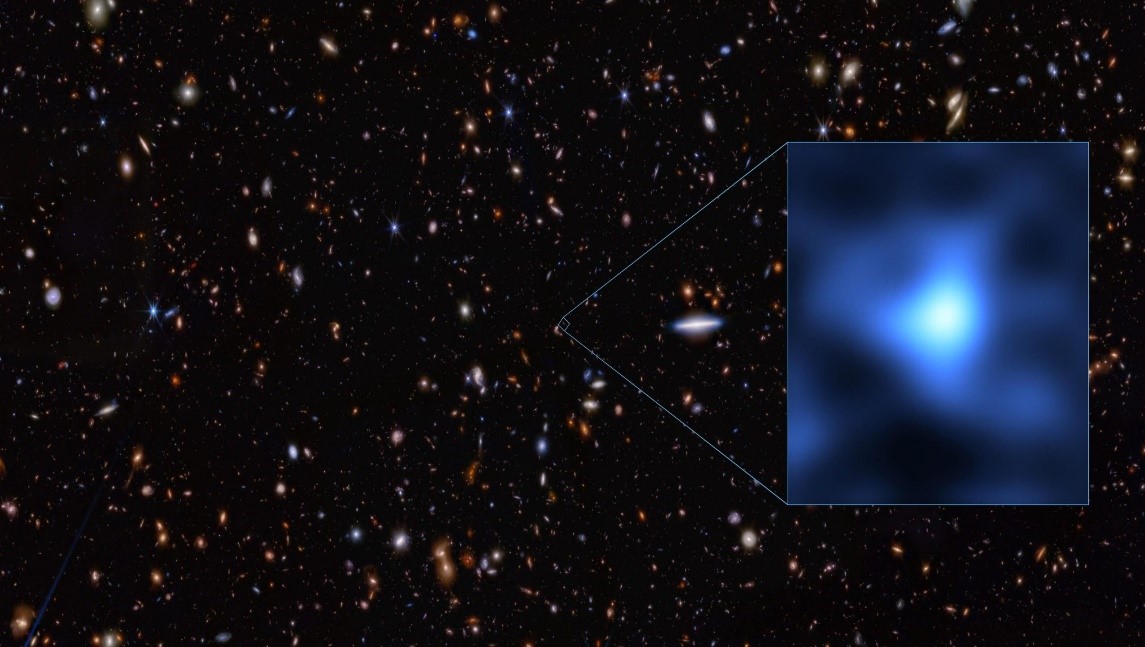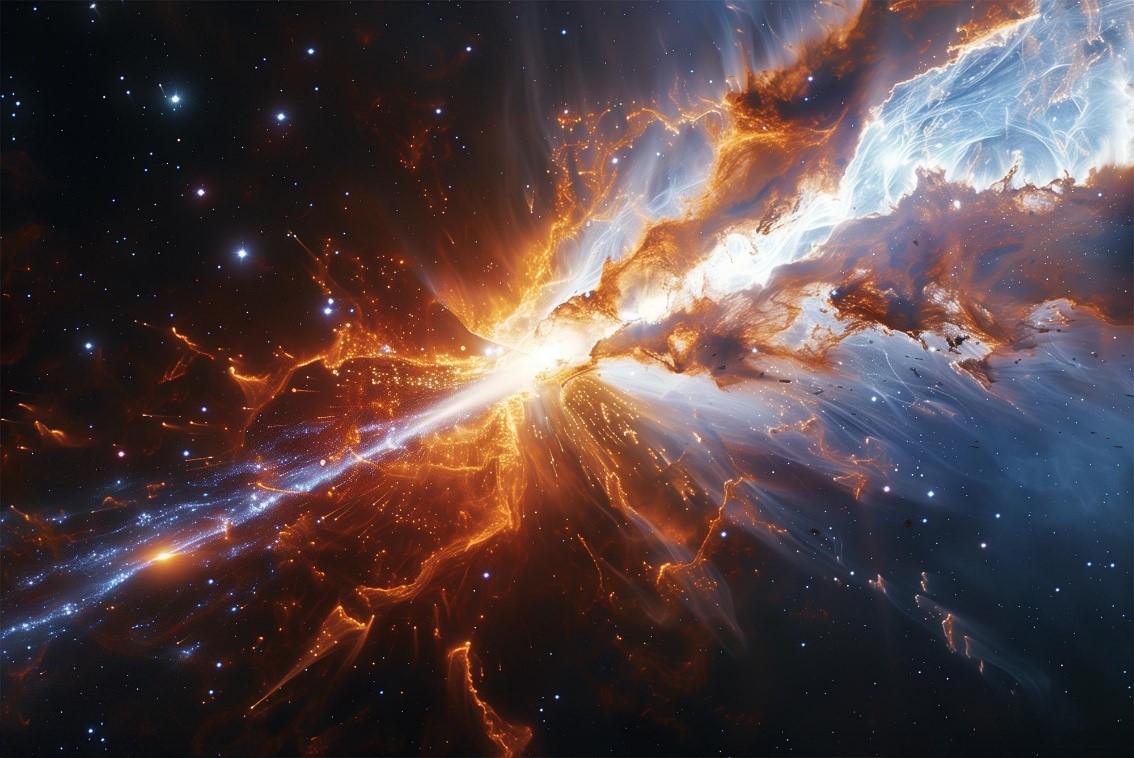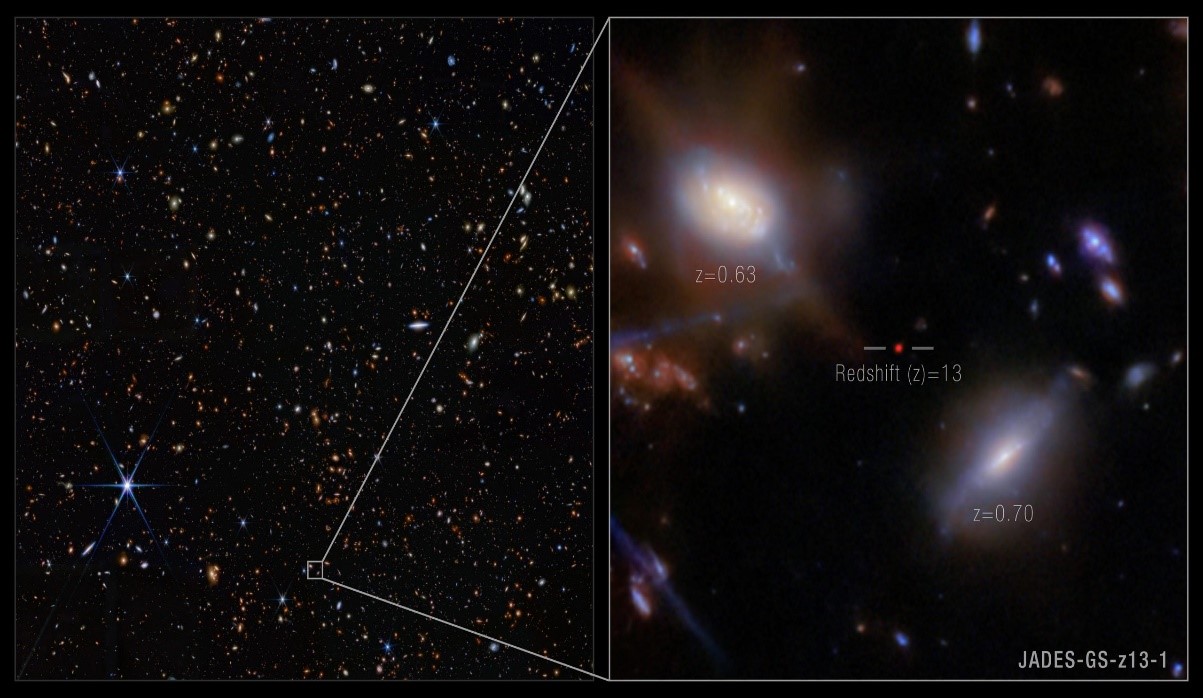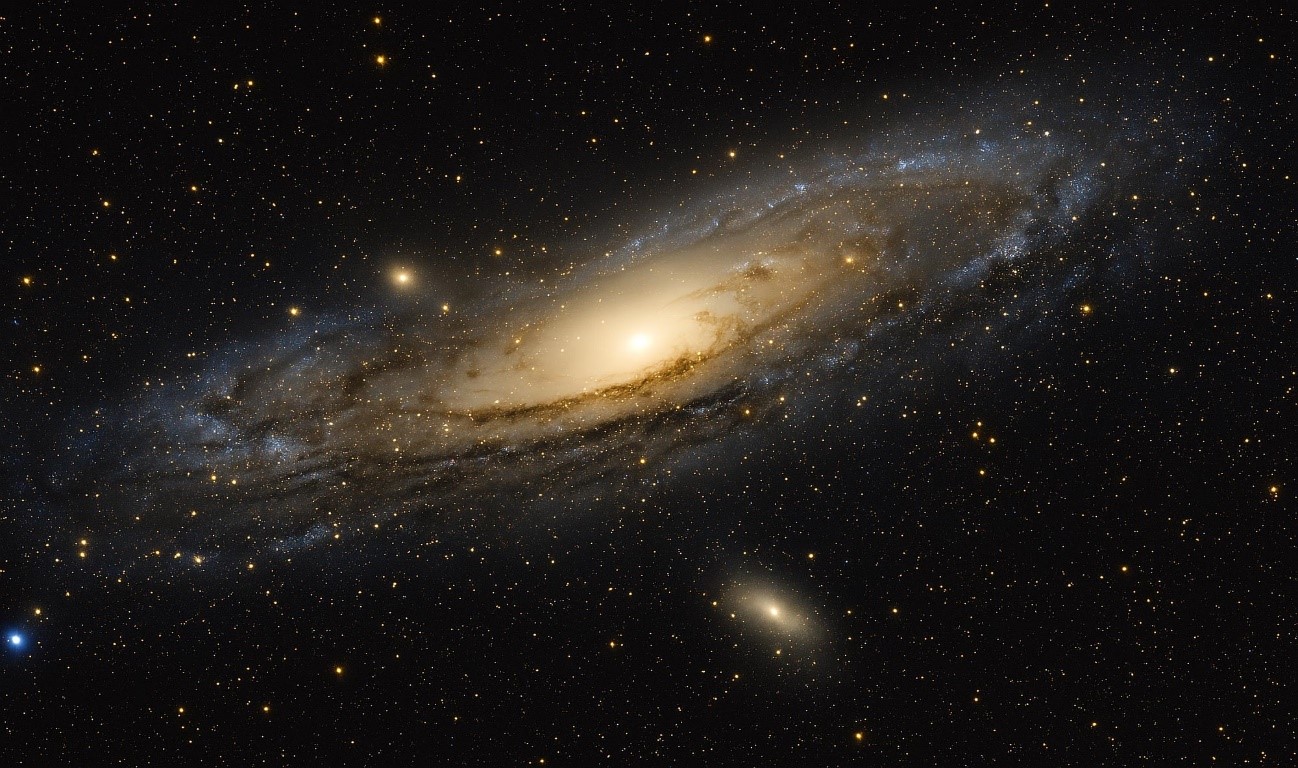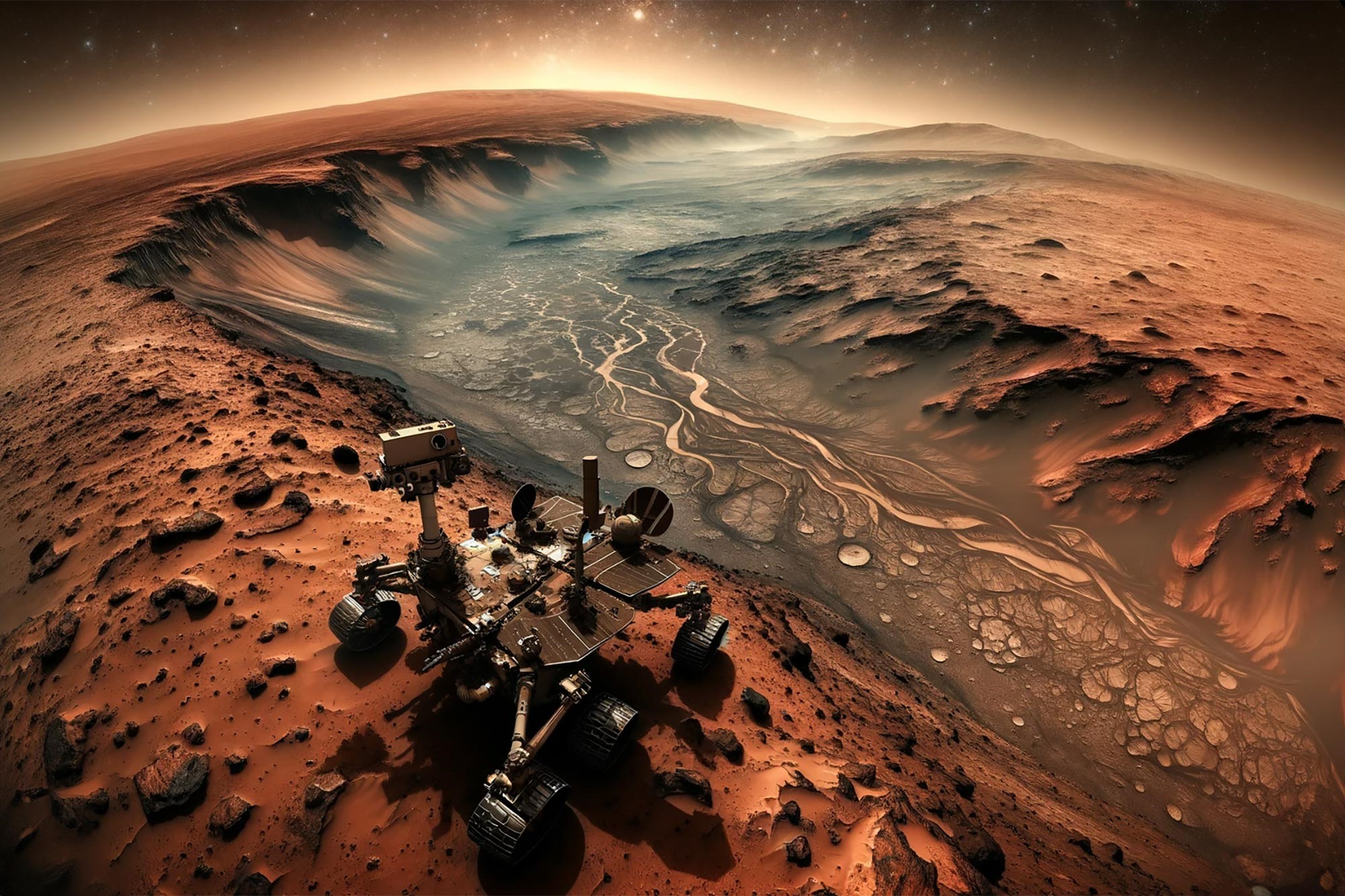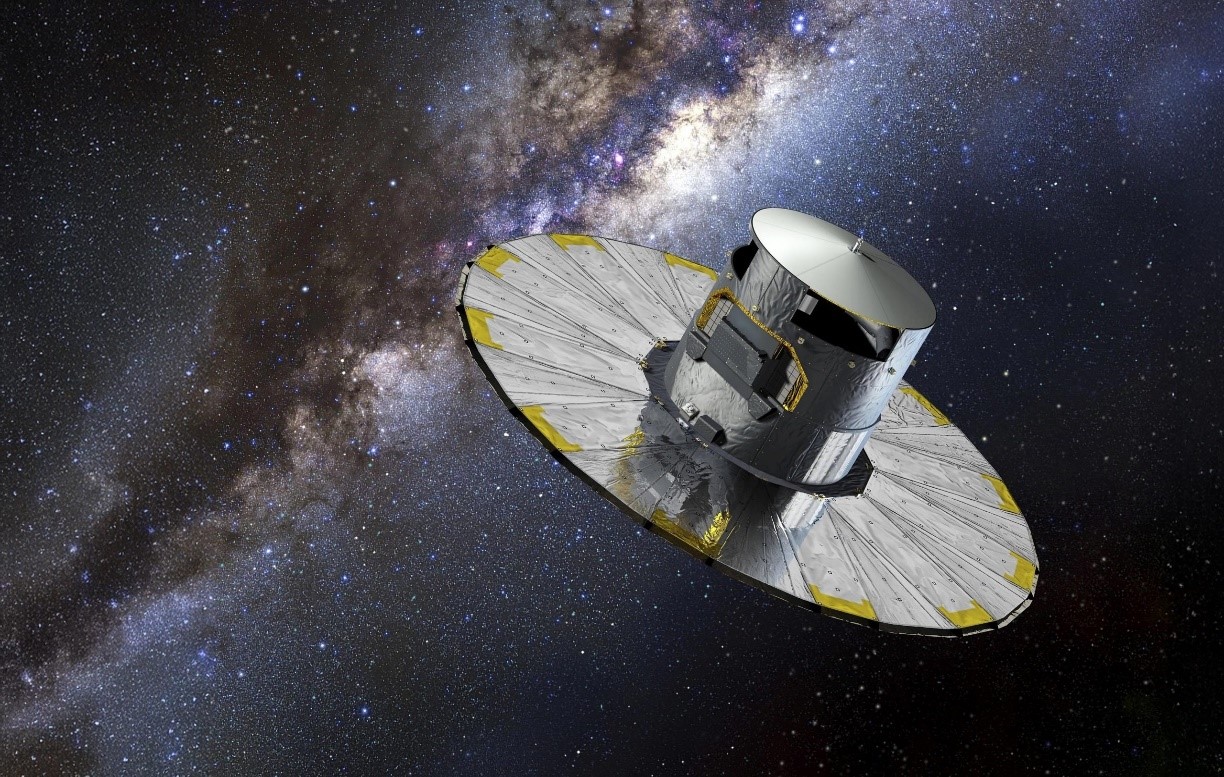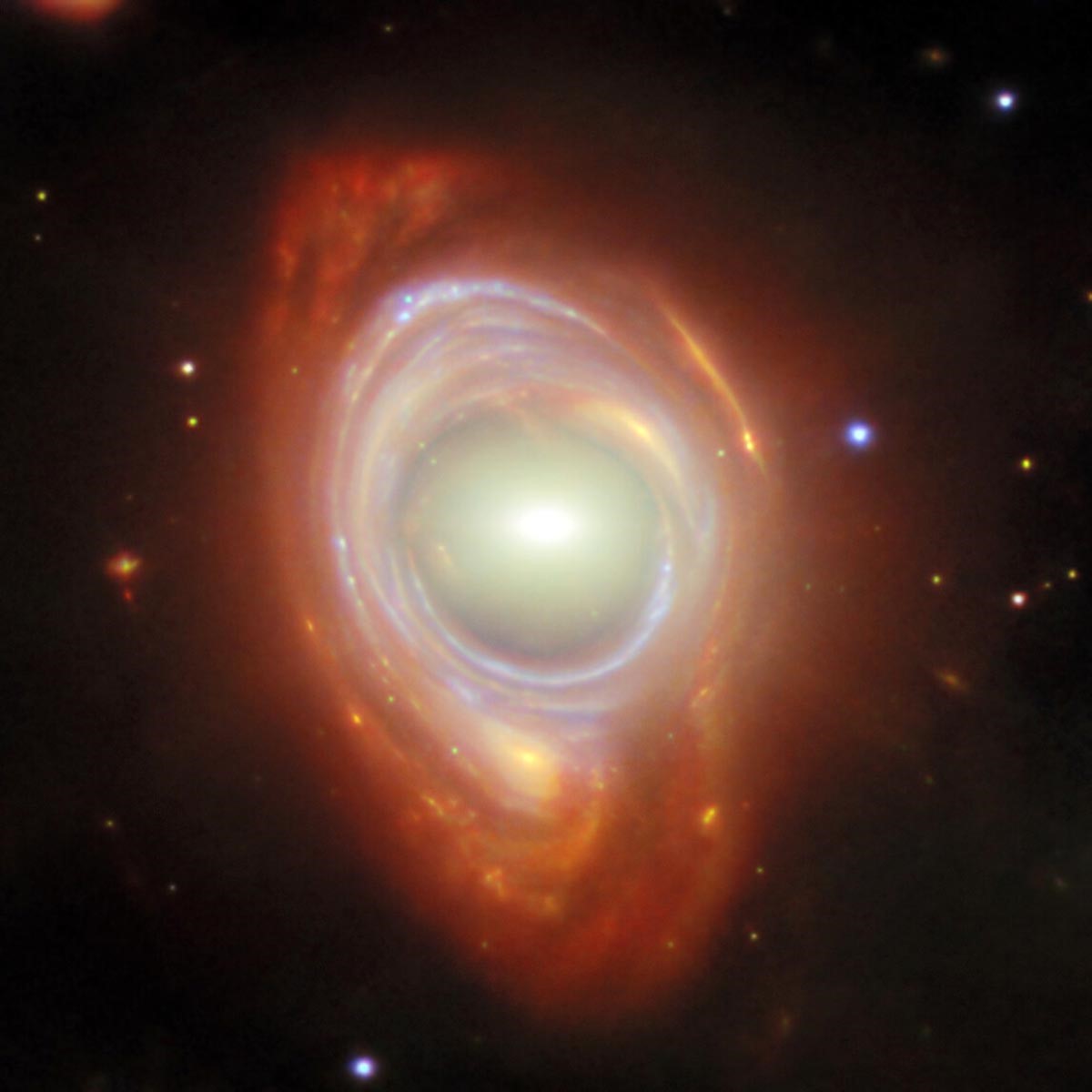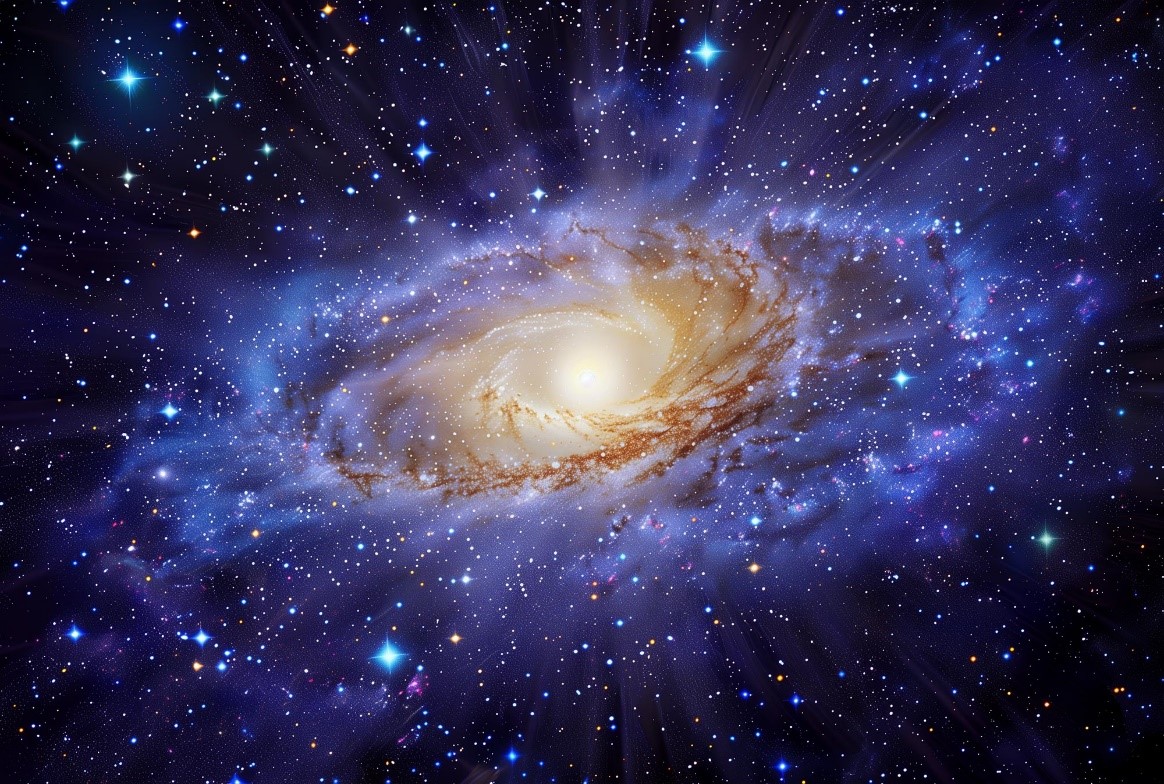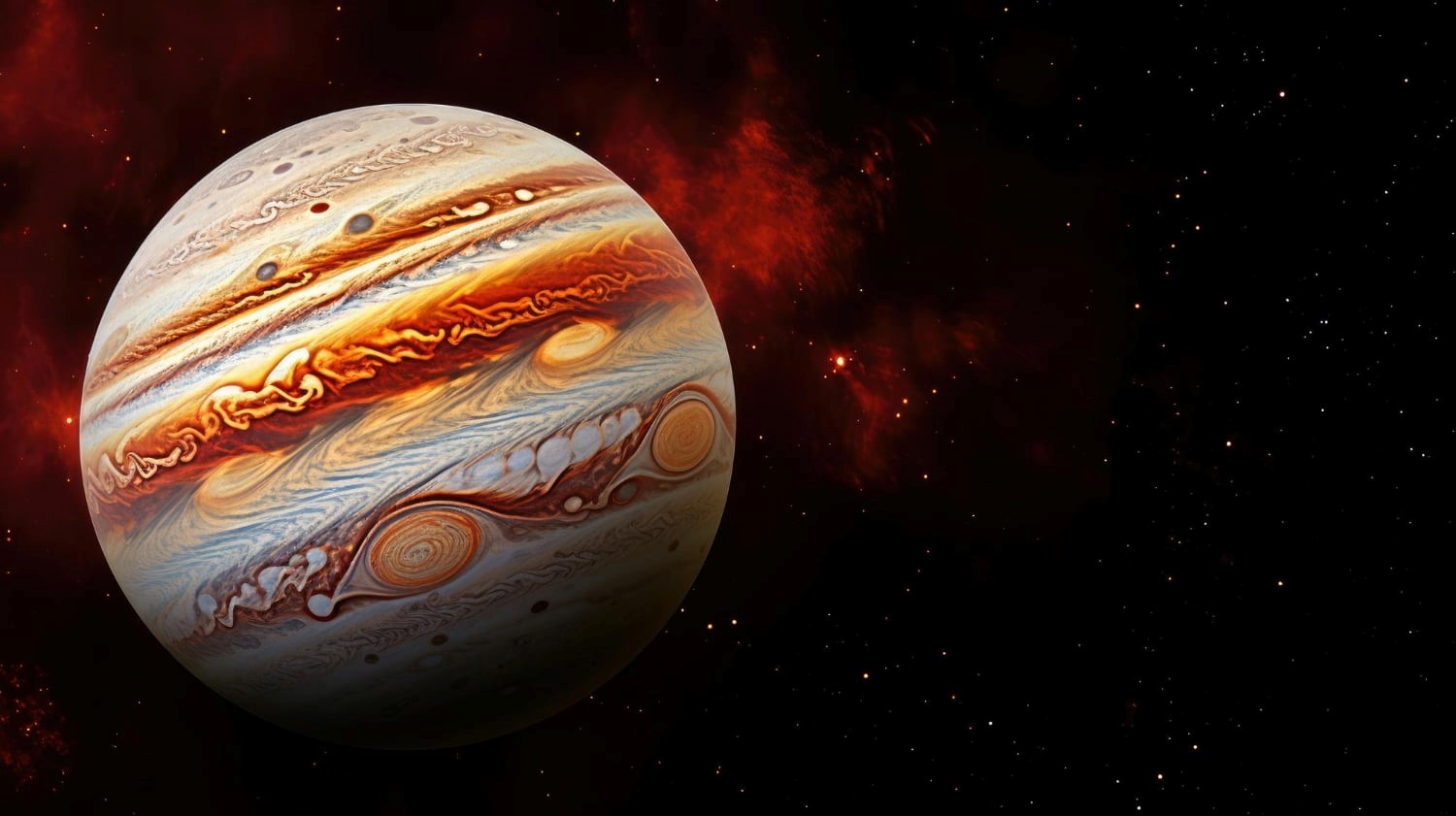Supercomputers Simulate the Universe to Uncover Its Deepest Mysteries
Cosmologists are leveraging advanced computational tools to explore the mysteries of dark matter and dark energy, which comprise 95% of the universe. Through the Dark Sky Mining project and the powerful Aurora supercomputer, scientists simulate cosmic phenomena at unprecedented speeds, refining models and testing theories. Though invisible, dark matter is detected through gravitational effects, while dark energy drives the universe’s expansion. By integrating AI and machine learning, researchers can efficiently compare simulations with observations, potentially reshaping our understanding of fundamental physics.
Unveiling the Secrets of the Universe
Cosmologists and astrophysicists are striving to uncover the universe’s most elusive components, seeking to understand the hidden forces driving cosmic evolution. These discoveries could resolve long-standing questions and even challenge fundamental physics.
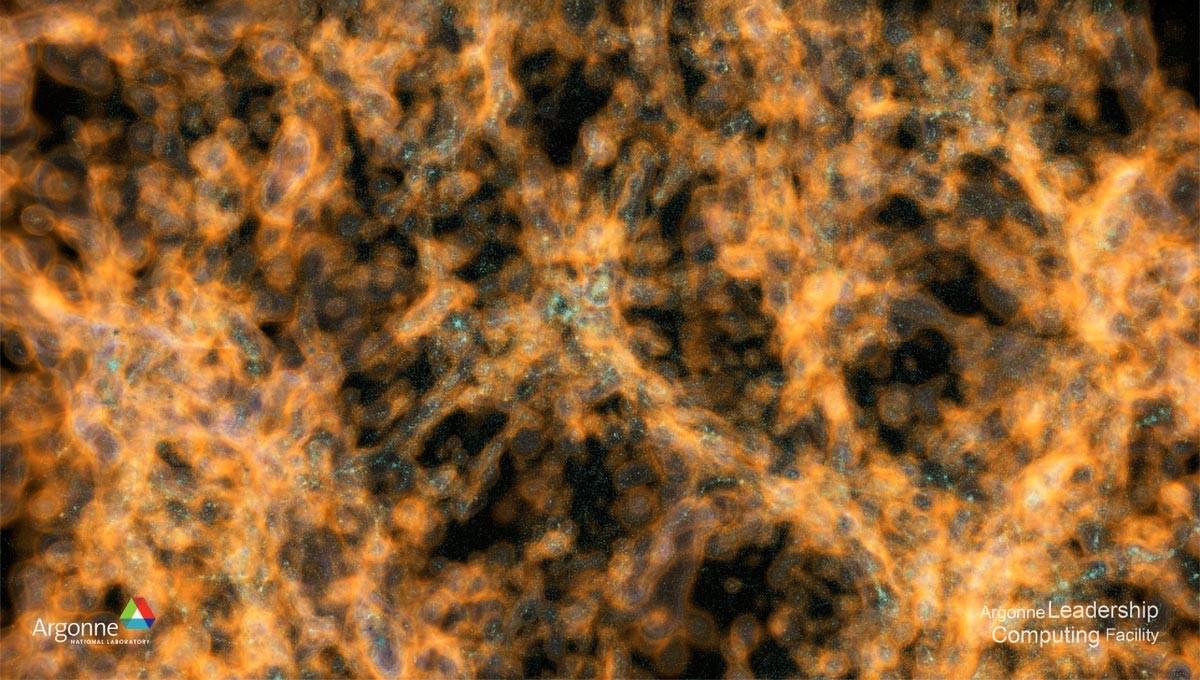
Figure 1. Aurora Simulation: Baryons & Gas Temperature
At the U.S. Department of Energy’s Argonne National Laboratory, researchers are developing cutting-edge computational tools—akin to high-tech mining equipment—to probe the mysteries of dark matter and dark energy, two of the greatest unsolved puzzles in modern science. Figure 1 shows Aurora Simulation: Baryons & Gas Temperature.
Argonne physicist and cosmologist Salman Habib, a Distinguished Fellow and director of the lab’s Computational Science division, explains that while dark matter and dark energy are known to exist, their true nature and the fundamental principles governing them remain a mystery.
Leveraging Supercomputers for Cosmic Discoveries
To advance current theories, Argonne scientists are developing detailed sky maps that merge real cosmic observations with high-powered universe simulations. This effort, known as the Dark Sky Mining project, is part of the Aurora Early Science Program, supported by the Argonne Leadership Computing Facility (ALCF), a DOE Office of Science user facility.
As part of the program, the ALCF has collaborated with research teams nationwide to develop codes and software optimized for Aurora, Argonne’s new exascale supercomputer.
With the ability to perform over a quintillion calculations per second, Aurora enables rapid simulation and modification of complex, physics-driven cosmic scenarios. By integrating advanced AI and statistical methods, researchers aim to refine our understanding of dark matter and dark energy, uncovering their connection to galaxy distribution and properties across the universe.
Unsolved Mysteries: Exploring the Universe’s Dark Side
From Galileo’s observations to NASA’s groundbreaking James Webb Space Telescope, humanity has built a remarkable collection of images and illustrations that continuously refine our understanding of the universe.
Just as science seemed to have a solid grasp on the universe’s composition and mechanics, the discovery of dark matter and dark energy challenged established models of physics and cosmology.
Researchers now estimate that visible matter makes up only 5% of the universe, while dark matter accounts for 27% and dark energy dominates at 68%.
Decoding the Mystery of Dark Matter
The concept of dark matter dates back to the early 20th century, but Swiss astronomer Fritz Zwicky popularized it in the 1930s. While studying the Coma cluster—a collection of over a thousand galaxies—he found that their movements couldn’t be explained by visible matter alone. To account for this, he proposed the existence of an unseen “dark matter.”
The idea gained traction in the 1960s and 1970s through detailed studies of individual galaxies. More recently, techniques like gravitational lensing, which distorts light from background galaxies, have provided compelling evidence for dark matter’s presence.
Dark Energy: The Ever-Growing Enigma
Even with dark matter included, the universe’s model remained unbalanced. The breakthrough came from studying supernovae—bright exploding stars that help cosmologists measure the universe’s expansion. These observations led to the discovery of dark energy, a force driving the accelerated expansion of the universe. Acting like anti-gravity, dark energy pushes galaxies apart at vast distances, overpowering gravity’s pull.
Dark energy turned out to be the missing piece needed to align large-scale galaxy clustering with cosmological models, keeping our understanding of the universe intact. While dark matter remains mysterious because it neither emits nor absorbs light, its gravitational effects make its presence known—similar to a black hole. According to Habib, dark matter is likely just another yet-to-be-discovered particle, much like neutrinos once were. However, dark energy poses a deeper challenge, exposing fundamental gaps in our understanding of gravity itself.
Decoding Dark Forces Through Advanced Computing
Researchers leverage supercomputers like Aurora to create virtual models of the universe, enabling them to explore countless cosmic scenarios. These digital twins—sophisticated simulations akin to those used for climate modeling or disease tracking—help scientists predict system evolution and identify anomalies that could lead to groundbreaking discoveries. While dark matter remains elusive, it is believed to interact gravitationally, offering potential avenues for detection and further study.
If dark matter interacts with itself, these interactions could influence gravitational dynamics. For instance, tracking star orbits in small galaxies might reveal deviations from predictions based solely on gravity. Since dark matter is dynamic, researchers can simulate various interaction models.
“If you give me a model for how dark matter interacts, I can input it into my simulation and predict how mass distribution changes,” explains Habib.
Because no definitive model exists, scientists continuously refine simulations, adjusting parameters until they align with observations. While this process once took years, Aurora’s exascale computing and AI integration now accelerate discoveries significantly.
AI and Machine Learning Propel Scientific Breakthroughs
AI-driven techniques like emulation are revolutionizing cosmology by tackling inverse problems—determining system properties from observed effects. Unlike traditional methods requiring thousands of simulations, emulation streamlines the process by identifying optimal parameters with far fewer computations.
This efficiency is crucial for modeling large-scale cosmic phenomena, such as the universe’s expansion and dark energy’s role. Researchers simulate different models, adjusting parameters until they align with observations. By refining predictions, scientists can identify discrepancies that challenge current dark energy models, paving the way for new theories through continuous iteration—potentially millions of times.
Shedding Light on the Dark Universe
The team will harness Aurora’s vast computing power to conduct large-scale cosmic simulations, advancing computational cosmology and aiding the launch of future telescopes and probes. Their work aims to uncover the nature of dark energy and dark matter while also addressing the longstanding mystery of neutrinos and their total mass—an elusive piece of the Standard Model of particle physics.
For Habib, the project goes beyond solving specific scientific puzzles [1]. The integration of cutting-edge computing technologies could lead to unforeseen innovations, much like past astronomical discoveries have shaped calendars, navigation, and scientific progress.
Ultimately, the research continues humanity’s deep-rooted connection to the cosmos. The excitement surrounding images from Hubble and the James Webb Space Telescope underscores the profound impact of exploring the universe—not just in terms of scientific advancement, but also in understanding our place within it.
The Argonne Leadership Computing Facility (ALCF), supported by the U.S. Department of Energy’s Office of Science, provides powerful supercomputing resources for open, unclassified scientific research, driving breakthroughs across various disciplines.
Reference:
- https://scitechdaily.com/supercomputers-are-simulating-the-universe-to-unlock-its-darkest-secrets/
Cite this article:
Janani R (2025), Supercomputers Simulate the Universe to Uncover Its Deepest Mysteries, AnaTechMaz, pp.288


